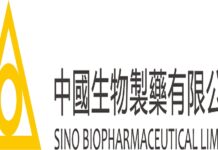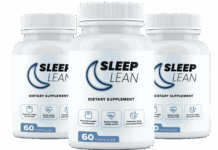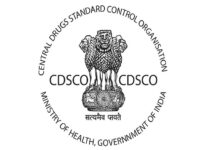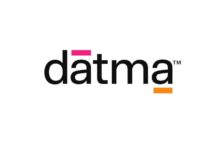The identification and detection of the β-lactams cephapirin and ceftiofur in cleaning solutions of the production reactors have been validated using ultra-performance liquid chromatography with a triple quadrupole mass spectrometry, or UHPLC-MS/MS, according to a paper published in the journal Molecules.
It is important and regulated to conduct trace detection of β-lactam antibiotics in cleaning rinse solutions and production aids in pharmaceutical plants. Patients who utilise medications have a high risk of experiencing cross contamination with β-lactams because even minute levels of them might result in potentially fatal responses. Additionally, during the cleaning procedure, pollutants like cephapirin and ceftiofur that are prevalent in production reactors may transfer into the cleaning solution.
According to the research, a number of complex and time-consuming analytical methods have historically been used to determine β-lactams, comprising radioimmunoassay, microbial inhibition, enzyme-linked immunosorbent assay, bioluminescent immunoassay, and biosensors. Hazardous antibiotic pollutants have been identified and removed using molecularly imprinted polymer nanoparticles, as well as other metal and metal oxide nanoparticles. However, according to the article, they lack specificity and are only appropriate when qualitative data is needed.
Another option is to use spectroscopic techniques, but as β-lactam antibiotics lack chromophores, the technique requires a sufficient derivatization to provide colour. The study continued that several spectroscopic approaches suffer from a long analysis time and were created using traditional high-performance liquid chromatography (HPLC) with UV detection. However, LC-MS/MS approaches have not been particularly mentioned for β-lactam derivatives of cephapirin and ceftiofur at trace quantities in medicinal products or on industrial surfaces.
The study said that it is necessary to design an easy, quick, and precise multi-residue analytical approach that involves ultra-high efficiency liquid chromatographic methodology.
Rapid analysis with UHPLC-MS/MS
At an oven temperature of roughly 40 °C, analysis was conducted using a C18 column that was 100mm long, 4.6mm in diameter, and had a 3.5 m particle size. 0.15% formic acid in water and mobile phases A and B of acetonitrile made up the mobile phase. A flow rate of 0.6 mL/min was used.
According to Chittireddy et al research, the lowest limit of discovery for quantitative accuracy and precision was 0.15 parts per billion (ppb), while the lowest limit of quantification was 0.4 ppb. It was fit-for-purpose for detecting and quantifying trace levels of β-lactam contamination, tracking cross – infection in facility surface cleaning, and calculating the adequate standard of limits for regulatory purposes to use a quick and accurate procedure.


















